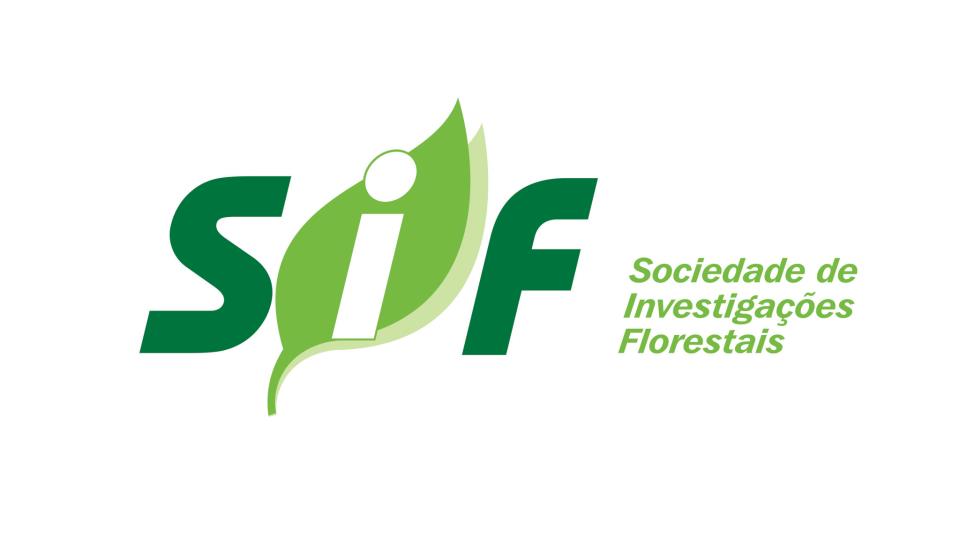Biblioteca Florestal
Digital
Digital
Population structure and density of Attalea phalerata Mart. Ex spreng. (Arecaceae) in a semideciduous forest

JavaScript is disabled for your browser. Some features of this site may not work without it.
| dc.contributor.author | Giroldo, Aelton Biasi | |
| dc.contributor.author | Nascimento, André R. Terra | |
| dc.contributor.author | Silva, Pedro Paulo Ferreira | |
| dc.contributor.author | Pinho Júnior, Gastão Viegas | |
| dc.date.accessioned | 2014-09-12T11:38:35Z | |
| dc.date.available | 2014-09-12T11:38:35Z | |
| dc.date.issued | 2012 | |
| dc.identifier.citation | GIROLDO, A. B. et al. Population structure and density of Attalea phalerata Mart. ex Spreng. (Arecaceae) in a semideciduous forest. Revista Árvore, Viçosa, v. 36, n. 4, p. 637-645. 2012. | pt_BR |
| dc.identifier.issn | 1806-9088 | |
| dc.identifier.uri | http://www.bibliotecaflorestal.ufv.br/handle/123456789/10926 | |
| dc.description.abstract | The structure of a population can be seen as the result of biotic and abiotic interacting forces. The studies of population characteristics are vital to improve the understanding of ecosystem functioning. In this study, we attempted to answer the two following questions: What are the population structure of Attalea phalerata? and Are there any influence of reproducers presence, canopy openness, declivity, basal area and soil coverage on recruitment of individuals in this population? We distinguished four ontogenetic stages in A. phalerata. Reproducers and virgins were sampled by using 25 plots (400 m2), juveniles and seedlings were sampled in sub-plots (100 m2). We found 2,328 Attalea phalerata individuals per hectare, first two ontogenetic stages accounted for 89.8% of the total, describing a relatively stable population. None of the analyzed factors were affecting the natural regeneration of Attalea phalerata in the fragment. The density and distribution pattern found for the population are probably signs of formation of oligarchic forests, moreover, the species seems to be able to colonize clearings and open areas. | pt_BR |
| dc.description.abstract | A estrutura de uma população pode ser vista como o resultado da interação de forças bióticas e abióticas, sendo os estudos populacionais fundamentais para a compreensão do funcionamento dos ecossistemas. Neste trabalho, buscou-se responder a duas perguntas: Qual é a estrutura populacional de Attalea phalerata? Há alguma influência da presença de adultos, abertura do dossel, declividade, área basal e cobertura do solo sobre o recrutamento de novos indivíduos nessa população? Distinguiram-se quatro estágios ontogenéticos em A. phalerata. Adultos e pré-reprodutivos foram amostrados usando-se 25 parcelas (400 m2), sendo juvenis e plântulas amostrados em subparcelas (100 m2). Foram encontrados 2.328 indivíduos por hectare, e os dois primeiros estágios ontogenéticos representaram 89,8% do total, descrevendo uma população relativamente estável. Nenhum dos fatores analisados afetou a regeneração natural de Attalea phalerata no fragmento. A densidade e o padrão de distribuição encontrados na população constituíam, provavelmente, sinais de formação de florestas oligárquicas. Além disso, a espécie parece ser capaz de colonizar clareiras e áreas abertas. | pt_BR |
| dc.format | 9 páginas | pt_BR |
| dc.language.iso | en | pt_BR |
| dc.publisher | Sociedade de Investigações Florestais | pt_BR |
| dc.relation.ispartofseries | Revista Árvore:v.36,n.4; | |
| dc.subject.classification | Ciências Florestais::Meio ambiente::Ecologia e ecossistemas florestais | pt_BR |
| dc.title | Population structure and density of Attalea phalerata Mart. Ex spreng. (Arecaceae) in a semideciduous forest | pt_BR |
| dc.title | Estrutura populacional e densidade de Attalea phalerata Mart. ex Spreng. (Arecaceae) em uma floresta semidecidual | pt_BR |
| dc.type | Artigo | pt_BR |
Arquivos deste item
| Arquivos | Tamanho | Formato | Visualização | Descrição |
|---|---|---|---|---|
| Revista_Arvore_v36_n4_p637-645_2012.pdf | 734.1Kb |

|
Visualizar/ |
Artigo |
|
|
||||





